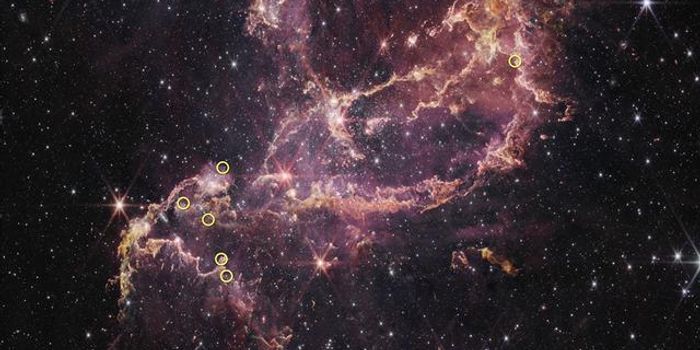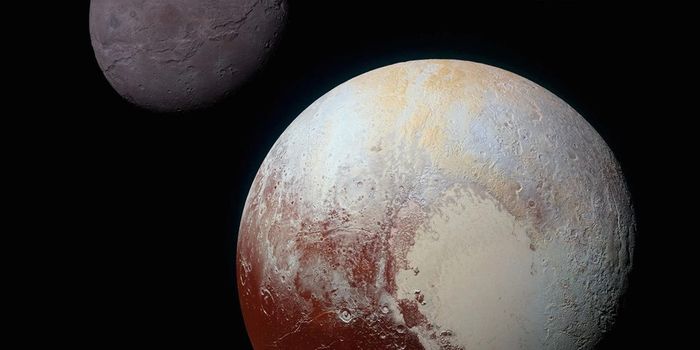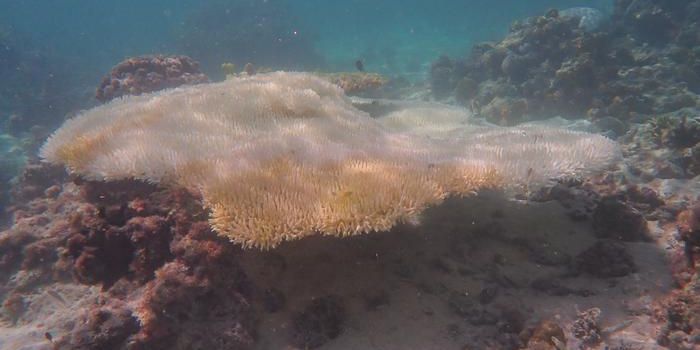ALMA observations give insight into the formation of stars
New research published in the journal Astronomy & Astrophysics gives new insight into the mystery behind how stars form within galaxies. The study comes from a collaboration of astrophysicists from the University of Bath in the UK and the National Astronomical Observatory (OAN) in Madrid, Spain.
The research team concentrated their efforts to observe a kind of galaxy, called a tidal dwarf galaxy (TDG), that actively forms new stars. The authors write: “When galaxies collide, a portion of the gas is ejected by tidal forces and may eventually collapse under self-gravity, giving rise to new low-mass galaxies along the tidal debris. These newborn systems, known as tidal dwarf galaxies (TDGs), are thought to be devoid of dark matter… Such a dark matter-free setting, which is subject to tidal forces from their neighbors, affords the possibility of testing theories of star formation in an extreme dynamical environment.”
In other words, TDGs offer the perfect example for scientists to try to figure out how stars form in early galaxies, including our own. To observe one specific tidal dwarf galaxy (TDG J1023+1952, which exists around 50 million light-years away from Earth), the researchers used the Chile-based Atacama Large Millimeter Array (ALMA). Watch the video below to learn more about ALMA.
"The little galaxy we've been studying was born in a violent, gas-rich galactic collision and offers us a unique laboratory to study the physics of star formation in extreme environments," said co-author Professor Carole Mundell, head of Astrophysics at the University of Bath.
The ALMA observations showed that TDG's molecular clouds are not unlike those found in the Milky Way, both in terms of size and content. This information points toward evidence that there may be a universal (in both meanings of the word) star-formation process. The finding suggests uniformity in the way that the gases in galaxies form to shape new stars.
Additionally, the team also observed that TDG J1023+1952 showed not only gas clouds but dispersed gas, which differs from our Milky Way galaxy. Lead author Dr. Miguel Querejeta from the OAN explains: "ALMA's observations were made with great precision so we can say with confidence that the contribution of diffuse gas is much higher in the tidal dwarf galaxy we studied than typically found in normal galaxies. This most likely means most of the molecular gas in this tidal dwarf galaxy is not involved in forming stars, which questions popular assumptions about star formation."
The scientists say that it is only through the precision and power of ALMA that they are able to gather their observations. "We have managed to identify clouds with an apparent size as small as observing a coin placed several kilometers away from us," exclaims Professor Mundell. "It's remarkable that we can now study stars and the gas clouds from which they are formed in a violent extragalactic collision with the same detail that we can study those forming in the calm environment of our own Milky Way."
Sources: Astronomy & Astrophysics, Eureka Alert








